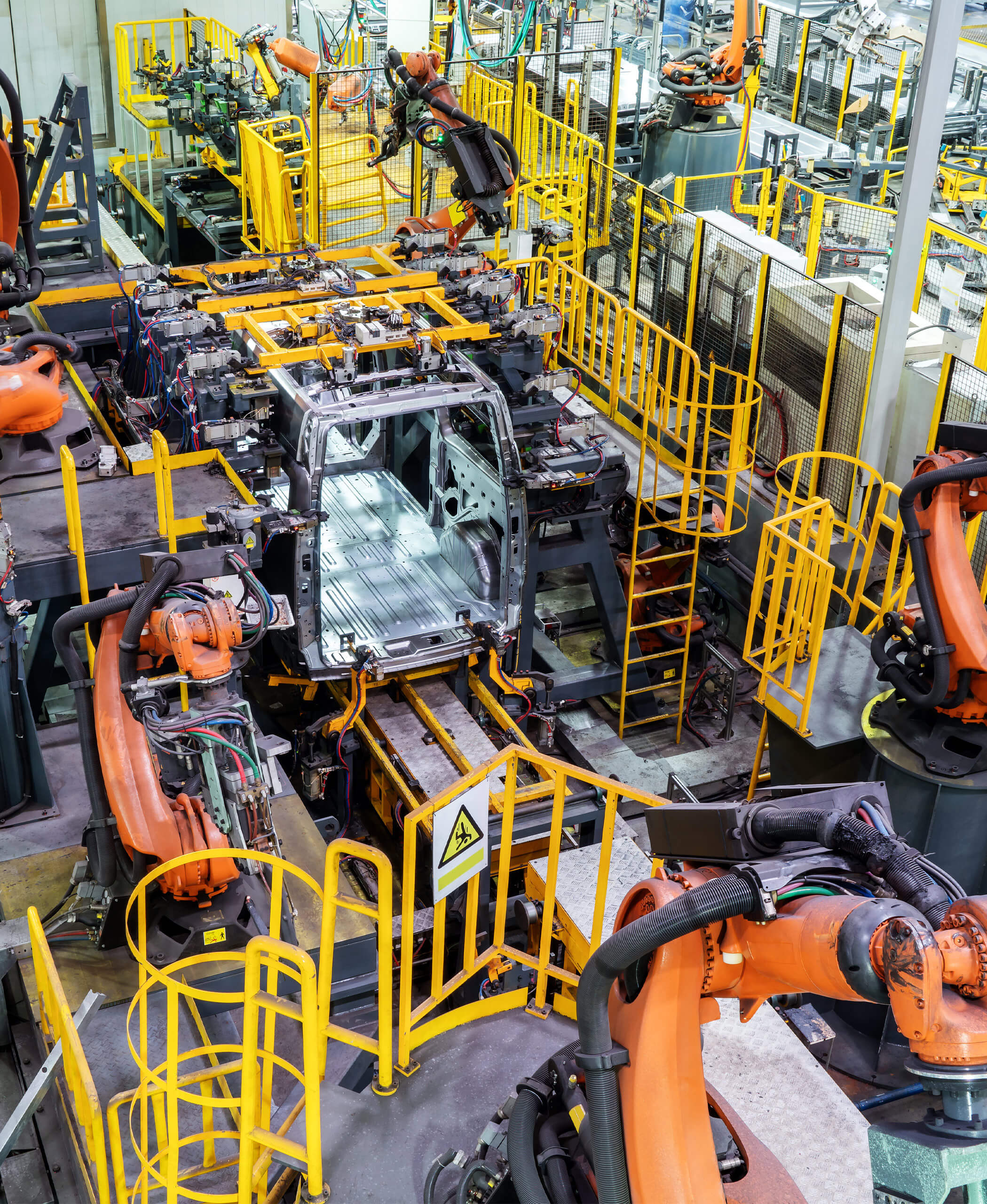- Veröffentlichung:
20.09.2022 - Lesezeit: 7 Minuten
Success factors in the hyperautomation of processes
The term hyperautomation stands for the next evolutionary stage in the automation of business processes. With the support of artificial intelligence, partially or fully automated processes become self-optimizing workflows or even important digital advisors for process managers. In an interview with DOK Magazine, Johannes Keim, Partner at Ventum Consulting, explains what it takes to make hyperautomation a success.
Question: What goals are companies pursuing with hyperautomation?
Johannes Keim: Basically, hyperautomation is the next step in the digitization of companies. Digitized processes become fully automated, self-optimizing workflows. Several specific goals can be pursued in the process: Companies want to achieve sustainable growth and improved efficiency through the appropriate AI-supported automation of processes. Often, this is also intended to counter the consequences of the shortage of skilled workers. It is also about becoming a more attractive employer and gaining a competitive edge. But successfully implementing hyperautomation is not trivial. On the contrary, it is important to proceed in a structured manner. The first step is to select particularly suitable and promising processes for hyperautomation.
Question: Technologically, there is always talk of artificial intelligence in connection with hyperautomation. How important is AI?
Johannes Keim: AI already has a very central role. It is the enabler for this form of automation. After all, AI today allows us to automate tasks where this was not even conceivable a few years ago. AI-supported, for example, signatures of a person can be matched with each other fully automatically – for fast and very reliable authentication. There are also a wide variety of other repetitive activities that can be hyper-automated via AI, at all levels of the enterprise. Or think of chatbots – another example of automation with AI. Today, chatbot AI is often so well trained that it is no longer easy to tell whether you are chatting with a real person or a robot.
Generally speaking, hyperautomation generates added value in the context of a wide variety of customer-centric processes – for both external and internal customers of a company. In addition to AI, however, there is another technological component that adds momentum to the topic. These are the low or no-code platforms. They empower departments to program by themselves, significantly lowering the barrier to automating processes.
Question: With which processes should a strategy for hyperautomation best start?
Johannes Keim: It always starts with the business case, and calculating it is not that difficult in principle. The rule: The investment in the automation of a business process must be covered by the savings generated within a defined period of time. That is why it is often advisable to prioritize processes with high throughput. Examples would be account openings in the financial industry, customer inquiries in the service sector or processes in fields such as data structuring and governance.
With suitable software solutions, an almost completely hyper-automated line of business can even be created. Consider, for example, the use of self-services with AI-based document, email, telephony and chat routing. Based on process throughputs, advertising can then also be switched on automatically, or cloud resources can be added or reduced as needed. In principle, the potential benefits of hyperautomation are always great when decisions are made according to clear rules and patterns.
Question: Which path leads to success in hyperautomation? Do you recommend the big bang or an incremental approach?
Johannes Keim: In the marketing texts of the players involved, hyperautomation is often described as an immediately available panacea for process inefficiency and overworked employees. But that is not the case. If only because the path to successful hyperautomation has a lot to do with whether the organization already has digital DNA. Otherwise, the company would be faced with a huge transformation task before hyperautomation could be used across the board and economically. It is therefore often advisable to initially develop only certain, carefully selected processes at a manageable cost.
When automation projects fail after all, or at least take significantly longer than planned at the beginning, there are reasons for this. Either the hyperautomation strategy has prioritized the wrong business processes, or the requirements of the specialist departments do not have the level of detail that would be necessary for the project. Hyperautomation also requires a willingness to completely restructure company processes. And the company’s database needs the level of maturity required to make hyperautomation based on AI analyses possible at all. Conventional reporting standards are not enough.
Question: Apart from the business case, what other criteria are there for prioritizing which processes are best to start with in your hyperautomation strategy?
Johannes Keim: Hyperautomation is particularly worthwhile when it addresses functionalities that are relevant for numerous processes in a company and that are reused. This gives you the necessary impact on the project goals. It is usually a good idea to build the backbone of the business model first. Take call center processes, for example. Here, in the area of telephony, telephone routing and a stable connection to the telephone provider would be possible initial fields of application. Only then will a well thought-out hyperautomation strategy address services that are more complex and more specialist – these will then have a significant impact on the project objectives.
In the call center example, a worthwhile next project would be the AI-supported, automatic identification of customers based on their voice. If automatic voice recognition works, further services can then be implemented, such as the visualization of contact history or an AI-supported determination of the next best action. These automation steps enable call center agents to increase their first resolution rate. The ultimate goal of hyperautomation in this context would be to avoid the call altogether – for example, by the company proactively offering self-services with the help of pattern recognition or by completely automating the next best action, including the corresponding conclusion.
Question: That sounds like extensive digitization. But are you still in favor of proceeding in well-considered individual steps?
Johannes Keim: Yes, absolutely. It also makes sense to follow the Minimal Viable Product approach and initially only implement the absolutely necessary functional requirements. Automating well means doing less – and doing the right thing. On the way to more comprehensive hyperautomation, it is crucial that companies tackle the right things with the right priority and start small. First of all, it is important to determine the maturity levels of business requirements, data, IT architecture and organization. This is the only way to determine the processes for which hyperautomation is already possible and promising. In most cases and industries, the transformation of the company can only take place step by step. It is also important to realize that this topic is not just about a tool. Ultimately, hyperautomation is a vision of the company’s future and has strategic relevance. It is the next big step in the ongoing digital evolution of companies. It cannot be achieved overnight.
Author
Johannes Keim
Partner at Ventum Consulting and expert for process automation


